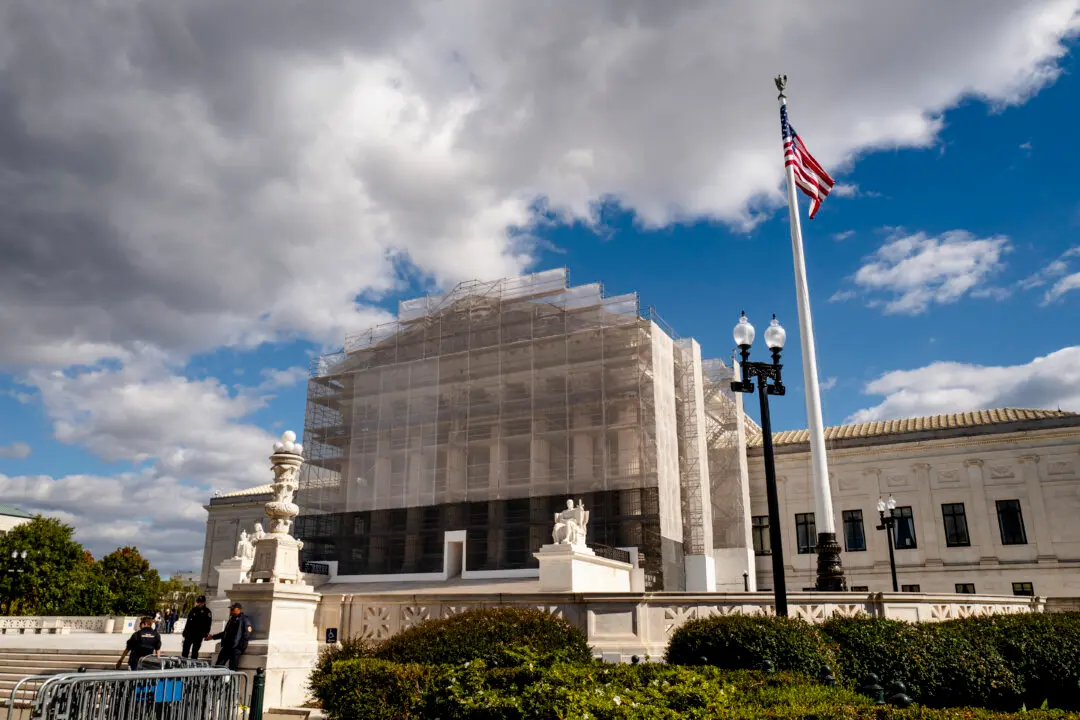Commentary
This year, the Supreme Court will soon decide whether universities may continue to discriminate by race and ethnicity (pdf). The court’s consolidated proceeding includes cases against Harvard University, a private institution, and the University of North Carolina (UNC), a state institution.





